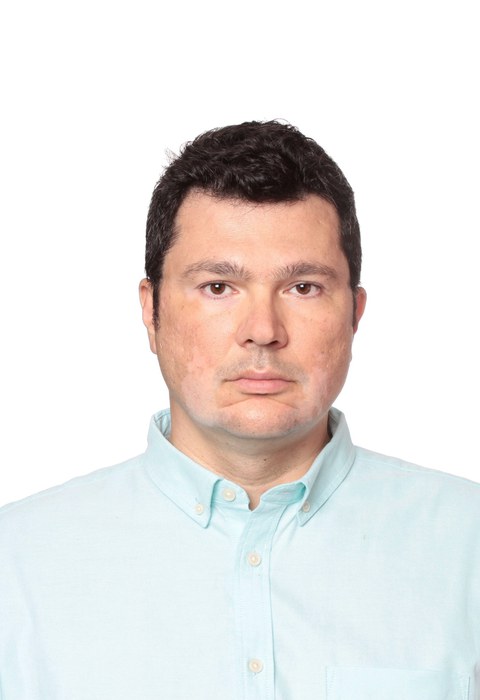Slaven Garaj
Title: Understanding and controlling the ion selectivity in graphene-oxide based membranes
First and last name: Slaven Garaj
Affiliation: National University of Singapore, Department of Physics and Department of Biomedical Engineering.
Short Biography:
Slaven Garaj’s research focuses on emerging nanoscale phenomena at the interfaces between soft and hard matter, with a particular interest in nanopore sensors, nanofluidic, and new-paradigm membranes. His pioneering research on graphene nanopores kick-started the field of nanofluidics with 2D materials. His research received keen attention in the media (BBC, Natural History Magazine, Technology Review, C&E News, etc.). While pursuing in-depth scientific understanding, his group drives the development of technologies in medical diagnostics, water filtration, and energy—and related patents are licensed to biotech and cleantech companies. A spin-off company from his lab, reActo, won the ExtremeTech Challenge award for the best cleantech startup in Southeast Asia in 2022, and subsequently presented its technology at the central stage of the Global TechCrunch conference in San Francisco.
Slaven Garaj joined National University of Singapore as a NRF Fellow faculty member in 2012. Previously, he worked as a research scientist at Harvard University, and conducted his PhD thesis at the Swiss Federal Institute of Technology in Lausanne (EPFL) in the field of condensed-matter physics.
Abstract:
Layered membranes, based on 2D materials, have unique properties bridging the gap between polymer and inorganic membranes. Particularly, the graphene-oxide (GO) based membranes cover a large benchmarking space—and a large range of applications—due to its high structural and chemical variability. The ultimate performance of the membrane could critically depend on small details in the nanostructure and chemistry of the starting materials[1].
To retain the control, we need to understand every aspect of the membrane genesis — starting from mechanistic understand of the synthesis of the GO materials, development of new methods for chemical modifications, understanding the parameters defining the transport through membranes, and finally tuning the performance of the membrane through targeted engineering. With an eye for ion-exchange applications, I will discuss new synthesis methods and present new chemical variants of GO, explore the source of charge selectivity in the membranes, and explore the selectivity/conductivity trade-off and how to overcome its limitations. Finally, I will present the optimised and scaled-up GO membranes with increased performance in electrodialysis, and hint at some early works in the other applications.
- S. Guo, S. Garaj, A. Bianco, and C. Ménard-Moyon: “Controlling Covalent Chemistry on Graphene Oxide”, Nature Reviews Physics (2022) 4, 247.

